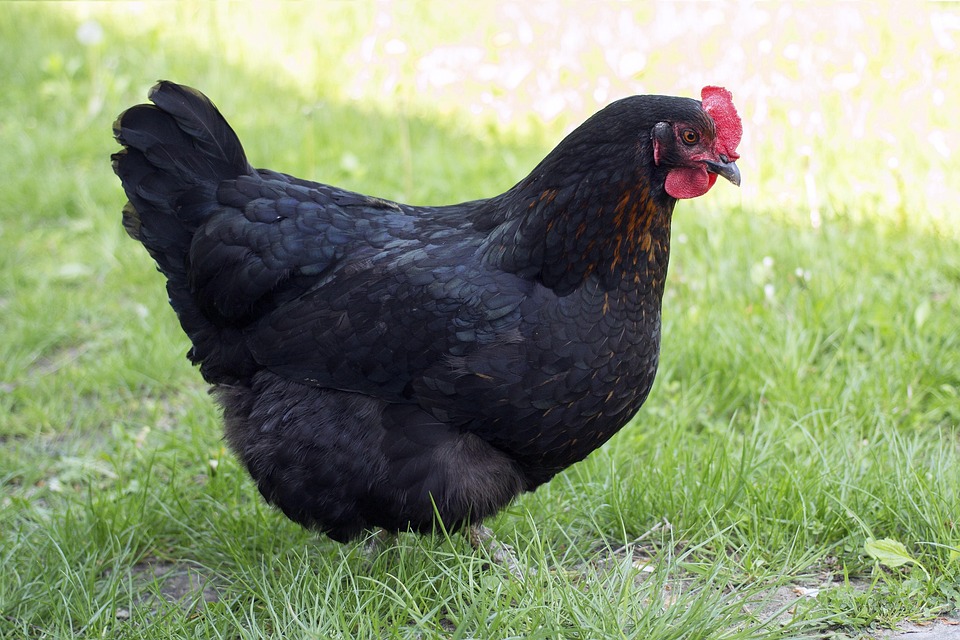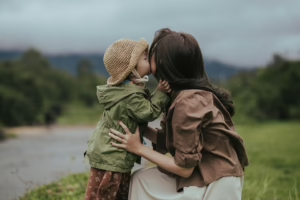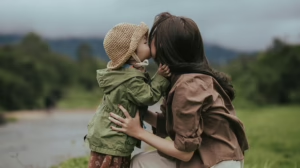Breaking Barriers: Understanding the Roots of Prejudice in Modern Society
Introduction
Prejudice is a multifaceted issue deeply entrenched in human history and societal structures. In modern society, its ramifications are pervasive, affecting relationships, institutions, and individual lives. Understanding the roots of prejudice is essential for fostering a more inclusive and equitable world. This article seeks to explore the various dimensions of prejudice, including its historical context, psychological underpinnings, the impact of cultural narratives, and avenues for social change.
The Historical Context of Prejudice
Historical Roots
Throughout history, societies have constructed hierarchies based on race, gender, sexuality, and class. These divisions often stemmed from economic, political, and cultural motives, perpetuating systems of oppression. For instance, colonialism established racial hierarchies that justified the exploitation of people in colonized nations, laying a foundation for contemporary racism. Similarly, gender biases have historical roots in patriarchal systems that relegated women to subordinate roles, significantly influencing present-day gender discrimination.
Key Historical Events
Various significant historical events, such as the transatlantic slave trade, the Holocaust, and apartheid, illustrate how prejudice has been institutionalized. These events serve as stark reminders of the consequences of unchecked bias. They have shaped societal attitudes and policies toward different groups, embedding prejudices into the socio-political fabric.
Psychological Underpinnings of Prejudice
Social Identity Theory
One of the key frameworks for understanding prejudice is Social Identity Theory (SIT), developed by Henri Tajfel and John Turner. According to SIT, individuals categorize themselves and others into social groups, leading to in-group favoritism and out-group discrimination. This cognitive tendency to favor one’s group often results in negative attitudes toward those who are perceived as different.
In-Group vs. Out-Group Dynamics
In-group members share common characteristics, such as ethnicity or ideology, whereas out-group members are seen as outsiders. This dynamic fosters an “us vs. them” mentality, heightening feelings of solidarity within the in-group and mistrust toward the out-group. Prejudiced attitudes can emerge from such dynamics, as individuals may perpetuate harmful stereotypes associated with out-groups.
Cognitive Dissonance
Cognitive dissonance theory, proposed by Leon Festinger, suggests that humans experience discomfort when holding contradictory beliefs or attitudes. To alleviate this discomfort, individuals may alter their perceptions of others to align with their existing prejudices. For instance, if someone holds a negative stereotype about a specific racial group but encounters an individual from that group who contradicts the stereotype, they may either dismiss the positive experience or reinforce their prejudice to avoid cognitive dissonance.
Cultural Narratives and Prejudice
Media Representation
The media plays a critical role in shaping societal perceptions and attitudes. Representation—or lack thereof—of different groups in media narratives can significantly influence public attitudes. Positive portrayals of marginalized groups can challenge stereotypes and foster empathy, while negative depictions reinforce existing biases. The “cult of whiteness” in Western media, for instance, often sidelines people of color, perpetuating the notion of racial superiority.
Language and Discourse
Language shapes thoughts and perceptions; therefore, the discourse surrounding sensitive topics influences societal attitudes toward prejudice. Terms used to describe various social groups can either perpetuate stereotypes or promote inclusivity. The recent shift toward using person-first language (e.g., “person with a disability” instead of “disabled person”) aims to challenge stigmatizing narratives and promote respect and dignity.
Integrating Perspectives: Intersectionality
Understanding Intersectionality
Coined by Kimberlé Crenshaw, the concept of intersectionality examines how various social identities intersect to create unique experiences of discrimination and privilege. For example, a Black woman might face both racism and sexism, resulting in a distinctive experience that cannot be understood by looking at either identity in isolation. Recognizing intersectionality is crucial for comprehensively addressing prejudice, as it acknowledges the complexity of individuals’ lived realities.
The Role of Power Dynamics
Intersectionality highlights the importance of power dynamics in understanding prejudice. Societal structures often empower certain groups while marginalizing others. For example, the intersection of race and class can exacerbate the challenges faced by marginalized communities, making it essential to adopt a holistic approach when addressing issues of prejudice.
The Impact of Prejudice on Society
Psychological Effects
Experiencing prejudice can have profound psychological effects on individuals, including anxiety, depression, and lowered self-esteem. The internalization of negative stereotypes can lead to a phenomenon known as stereotype threat, where individuals perform poorly due to the fear of confirming negative stereotypes about their group. This cycle perpetuates social inequalities, hampering opportunities for marginalized groups.
Societal Division
Beyond individual psychological effects, prejudice contributes to societal division and conflict. Social cohesion is undermined when groups distrust one another, leading to polarization. This divisiveness can manifest in political arenas, where populist movements often exploit prejudiced sentiments to galvanize support. The rise of hate crimes and extremist ideologies in recent years exemplifies the dangerous consequences of unchecked prejudice.
Pathways to Overcoming Prejudice
Education and Awareness
One of the most effective ways to combat prejudice is through education. By raising awareness about the roots and consequences of prejudice, individuals can challenge their biases and foster empathy. Educational programs that promote diversity and inclusion, particularly in schools, can equip future generations with the tools needed to combat prejudice.
Dialogue and Communication
Fostering open dialogue is essential for breaking down barriers. Creating safe spaces for individuals to share their experiences and perspectives can challenge stereotypes and promote understanding. Initiatives that encourage cross-cultural communication can facilitate empathy and humanize those who are often dehumanized by stereotypes.
Advocacy and Activism
Social activism plays a pivotal role in challenging systemic prejudice. Grassroots movements and organizations that advocate for marginalized communities work towards dismantling oppressive structures. Engaging in activism, whether through voting, participating in protests, or supporting inclusive policies, empowers individuals to enact change.
Promoting Allyship
Being an ally involves actively supporting marginalized groups and standing against prejudice. This includes listening to the experiences of those who are often silenced and using one’s privilege to uplift their voices. Allyship is a continuous journey of learning and reflection, requiring individuals to confront their own biases and advocate for systemic change.
Conclusion
Prejudice is a complex issue rooted in historical, psychological, and cultural factors. By understanding its origins, we can begin to dismantle the barriers it creates in modern society. Addressing prejudice requires a collective effort, encompassing education, dialogue, advocacy, and allyship. As we strive to create a more inclusive world, it is imperative to recognize our shared humanity and work towards a society where diversity is celebrated, rather than marginalized. Breaking the cycle of prejudice is not merely an aspiration; it is a necessity for fostering a harmonious and equitable future.
References
- Tajfel, H., & Turner, J. C. (1979). An integrative theory of intergroup conflict. The Social Psychology of Intergroup Relations, 33-47.
- Festinger, L. (1957). A theory of cognitive dissonance. Stanford University Press.
- Crenshaw, K. (1989). Demarginalizing the intersection of race and sex: A Black feminist critique of antidiscrimination doctrine, feminist theory and antiracist politics. University of Chicago Legal Forum, 1989(1), 139-167.
- Eagly, A. H., & Chaiken, S. (1993). The psychology of attitudes. Harcourt Brace Jovanovich.
- Zuckerman, J. N. (2012). Media, race, and representation: The role of the media in shaping public perceptions of race. Journal of Communication Inquiry, 36(3), 225-245.
- American Psychological Association. (2018). Hate crimes: The role of prejudice in crimes against individuals and communities. APA Resources.
This outline can serve as a foundation for a longer piece, expanding upon each section with additional research and examples. If you would like specific sections to be developed further, please let me know!


























Add Comment